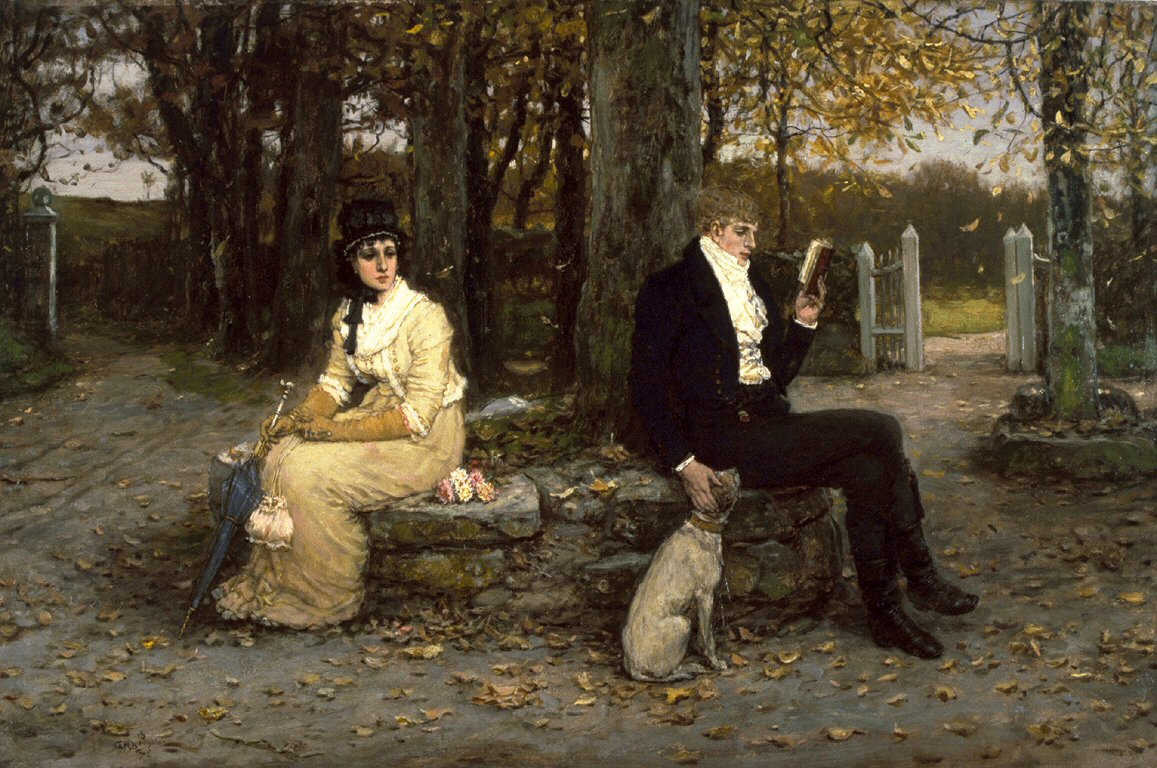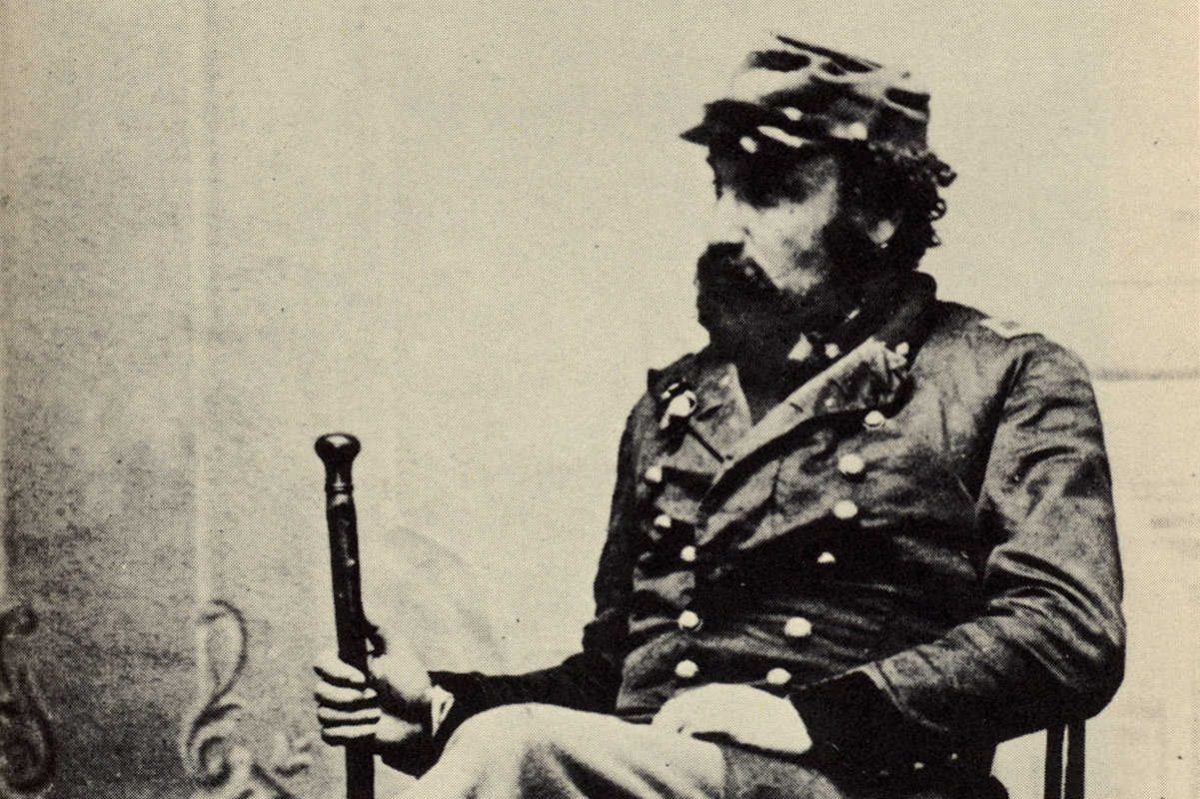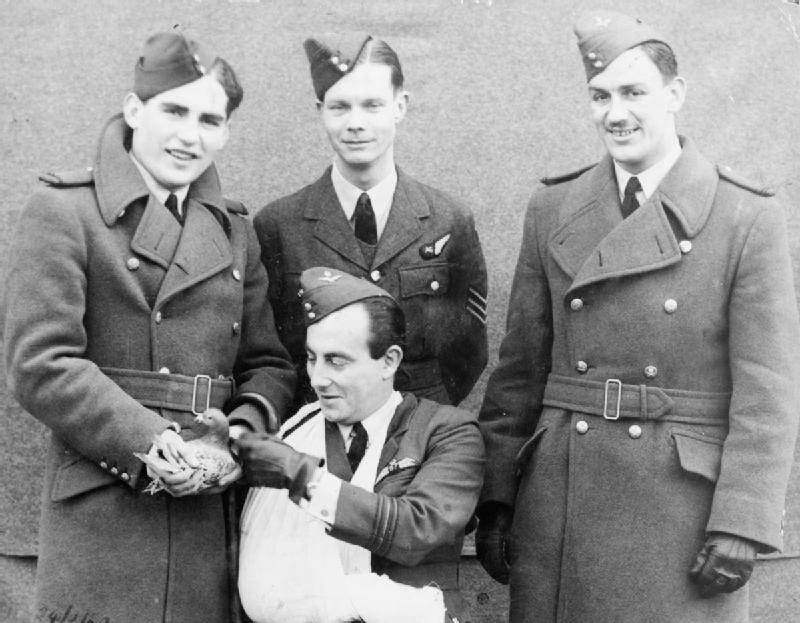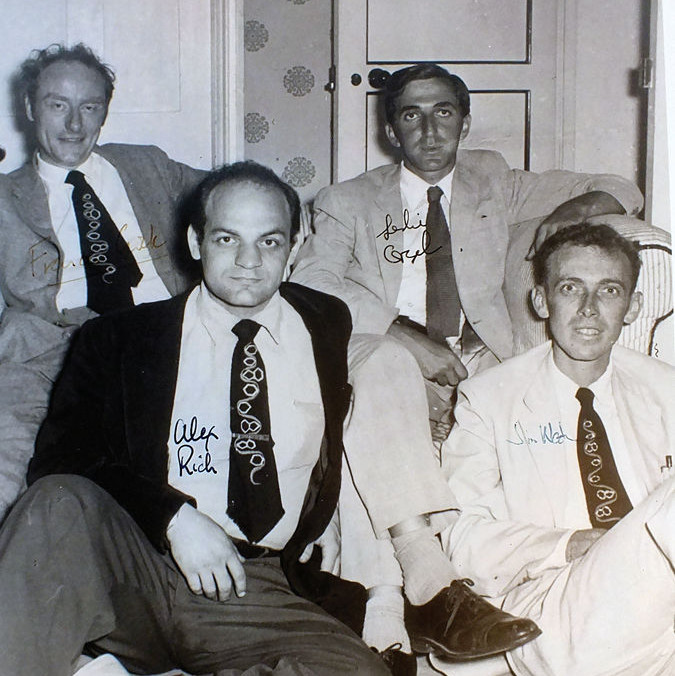
“An object in possession seldom retains the same charm that it had in pursuit.” — Pliny the Younger

“An object in possession seldom retains the same charm that it had in pursuit.” — Pliny the Younger

In the 1860s, San Francisco’s most popular tourist attraction was not a place but a person: Joshua Norton, an eccentric resident who had declared himself emperor of the United States. Rather than shun him, the city took him to its heart, affectionately indulging his foibles for 21 years. In this week’s episode of the Futility Closet podcast we’ll consider the reign of Norton I and the meaning of madness.
We’ll also keep time with the Romans and puzzle over some rising temperatures.
Dutch mathematician Hans Freudenthal proposed this puzzle in 1969 — at first it appears impossible because so little information is given.
X and Y are two different whole numbers greater than 1. Y is greater than X, and their sum is no greater than 100. S and P are two logicians; S knows the sum X + Y, and P knows the product X × Y. S and P both reason perfectly, and both know everything I’ve just told you.
What are X and Y?
https://www.youtube.com/watch?v=2EEw1TlxKx4
Balloonist Andy Collett was floating over South Gloucestershire in July 2012 when he spotted something striking: a heart-shaped meadow in the center of a stand of oaks. “This was the most amazing sight I have ever seen from the sky,” he told the Telegraph. “It was a perfect heart hidden away from view — you would not know it was there.”
It turned out that 70-year-old Winston Howes had planted the wood to commemorate his 33-year marriage to his wife, Janet, who had died 17 years earlier of heart disease. In the months after her death he filled a six-acre field with thousands of oak saplings but left a heart-shaped clearing in the center, its point aimed at her childhood home.
“I came up with the idea of creating a heart in the clearing of the field after Janet died,” Howes said. “Once it was completed we put a seat in the field, overlooking the hill near where she used to live. I sometimes go down there, just to sit and think about things. It is a lovely and lasting tribute to her which will be here for years.”
The clearing was not visible from the road and remained a family secret until Collett spotted it. “You can just imagine the love story,” he said.
Cycling is popular in Trondheim, Norway, but the 130-meter hill Brubakken is more than some riders can manage. So the city installed the world’s first bicycle lift — press the start button and a plate will appear under your right foot and push you up the hill at 3-4 mph, rather like a ski lift.
With a maximum capacity of 6 cyclists per minute, the system has pushed more than 200,000 cyclists to the top of the hill in its 15 years of operation.

On Feb. 24, 1942, a bedraggled carrier pigeon arrived at an RAF bomber base on Scotland’s Fifeshire coast. She was covered with oil and appeared exhausted.
The sergeant who examined her, George Ross, alerted his superior officer. The bird had been carried aboard a Bristol Beaufort bomber that had crashed in the North Sea after taking enemy fire over Norway the previous day. The pilot had been unable to radio his position as they went down, and rescue planes had been searching the freezing waters in vain all night for some sign of the four-man crew.
The bird’s arrival told Ross that they’d been searching in the wrong place. She had flown for 16 hours, but with oil-smeared wings couldn’t have covered more than 140 miles in that time. The rescue operation had been searching beyond that range. When they moved closer to shore they discovered the crewmen, freezing but safe, in a rubber dinghy within 15 minutes.
When the fuselage had broken up, the pigeon had somehow escaped into the oily water, struggled free, and then flown across 120 miles of ocean to the base, despite a natural fear of the dark and a dislike of wide expanses of water. When she arrived she was so exhausted that she was closing one eye intermittently.
“Winkie” was awarded the Dickin Medal at a dinner that December. She was cited “for delivering a message under exceptional difficulties and so contributing to the rescue of an Air Crew while serving with the RAF in February 1942.”

In 1954, James Watson and George Gamow formed a “gentleman’s club” to “solve the riddle of the RNA structure and to understand how it built proteins.” There were 20 members, each of whom was designated by an amino acid:
| Member | Training | Tie Designation |
| George Gamow | Physicist | ALA |
| Alexander Rich | Biochemist | ARG |
| Paul Doty | Physical Chemist | ASP |
| Robert Ledley | Mathematical Biophysicist | ASN |
| Martynas Ycas | Biochemist | CYS |
| Robley Williams | Electron Microscopist | GLU |
| Alexander Dounce | Biochemist | GLN |
| Richard Feynman | Theoretical Physicist | GLY |
| Melvin Calvin | Chemist | HIS |
| Norman Simons | Biochemist | ISO |
| Edward Teller | Physicist | LEU |
| Erwin Chargaff | Biochemist | LYS |
| Nicholas Metropolis | Physicist, Mathematician | MET |
| Gunther Stent | Physical Chemist | PHE |
| James Watson | Biologist | PRO |
| Harold Gordon | Biologist | SER |
| Leslie Orgel | Theoretical Chemist | THR |
| Max Delbrück | Theoretical Physicist | TRY |
| Francis Crick | Biologist | TYR |
| Sydney Brenner | Biologist | VAL |
“We were just drinking California wine and we got the idea,” Gamow recalled. Each member was given a black woolen necktie with an RNA helix embroidered in green and yellow (above are Crick, Rich, Orgel, and Watson).
Each also received a gold tiepin with the three-letter abbreviation of his amino acid (which led several people to ask Gamow why his pin bore the wrong monogram).
Adopting the motto “Do or die, or don’t try,” they met twice a year to share ideas, cigars, and alcohol. Several went on to become Nobel laureates — but it fell to Marshall Nirenberg, a non-member, to finally decipher the code link between nucleic and amino acids.

In 2008, University of Michigan psychologist Jesse Chandler and his colleagues examined donations to disaster relief after seven major hurricanes and found that a disproportionately large number of donations came from people who shared an initial with the hurricane (e.g., people named Kate and Kevin after Hurricane Katrina).
It’s not clear why this is. It’s known that generally people attend to information with unusual care if it’s somehow relevant to themselves; in the case of a hurricane this may mean that they’re more likely to remember concrete information about victims and thus be more likely to donate.
Possibly they also feel more intense negative feelings (or a greater sense of responsibility) when the storm shares their initial. In that case, “Exposure to a same-initial hurricane makes people feel worse, and the most salient way to repair this feeling is the opportunity to donate money to Katrina.”
(Jesse Chandler, Tiffany M. Griffin, and Nicholas Sorensen, “In the ‘I’ of the Storm: Shared Initials Increase Disaster Donations,” Judgment and Decision Making 3:5 [June 2008], 404–410.)
Jack Hodkinson, who created the Corpus-Christi-College-shaped prime number that I mentioned last week, has sent along a remarkable followup produced by string rewriting. Here are the rules:

The top row lists pixels of various colors; on each pass we’ll be replacing each of these with the 3 × 3 square beneath it. Start with a single color:

Following the associated rule produces a 3 × 3 array:

And so on:


After four iterations the rules produce a portrait of π:

And, charmingly, if we keep going, smaller πs begin to appear, due to the presence of dark pixels in the third image:




And so on forever. “After iteration 8, it’s turtles all the way down.”
For those who want more information, Jack explains the rewriting rules in detail here.
(Note: To conserve bandwidth I’ve had to reduce the last two images above — you can find the full-resolution PNGs in this imgur gallery.)